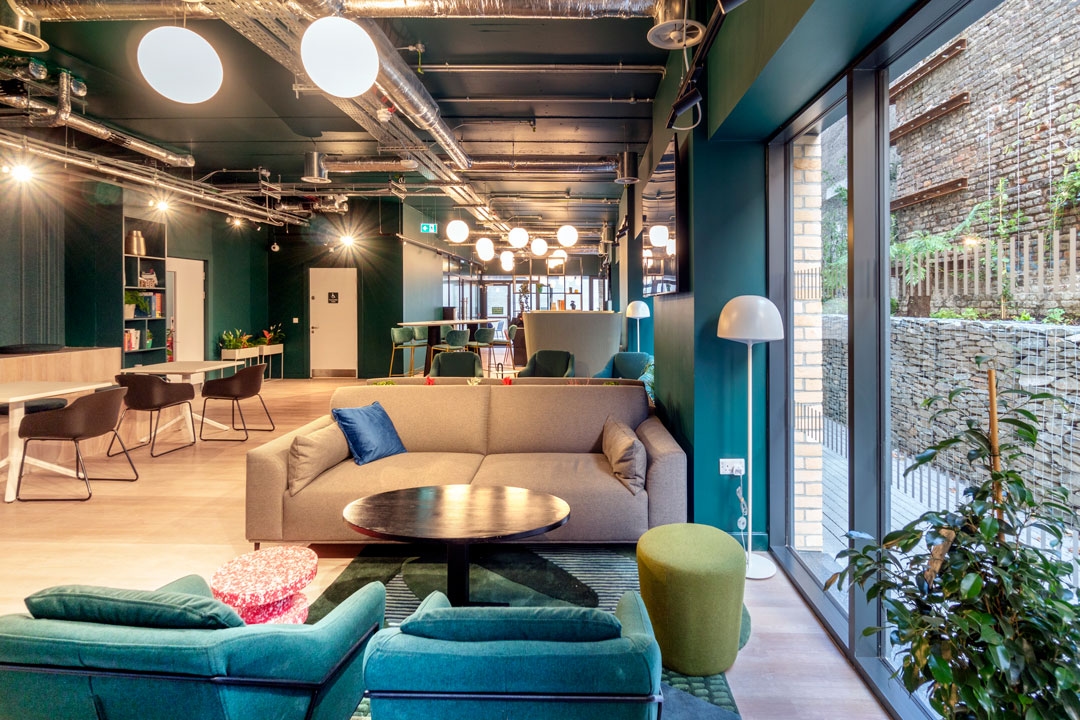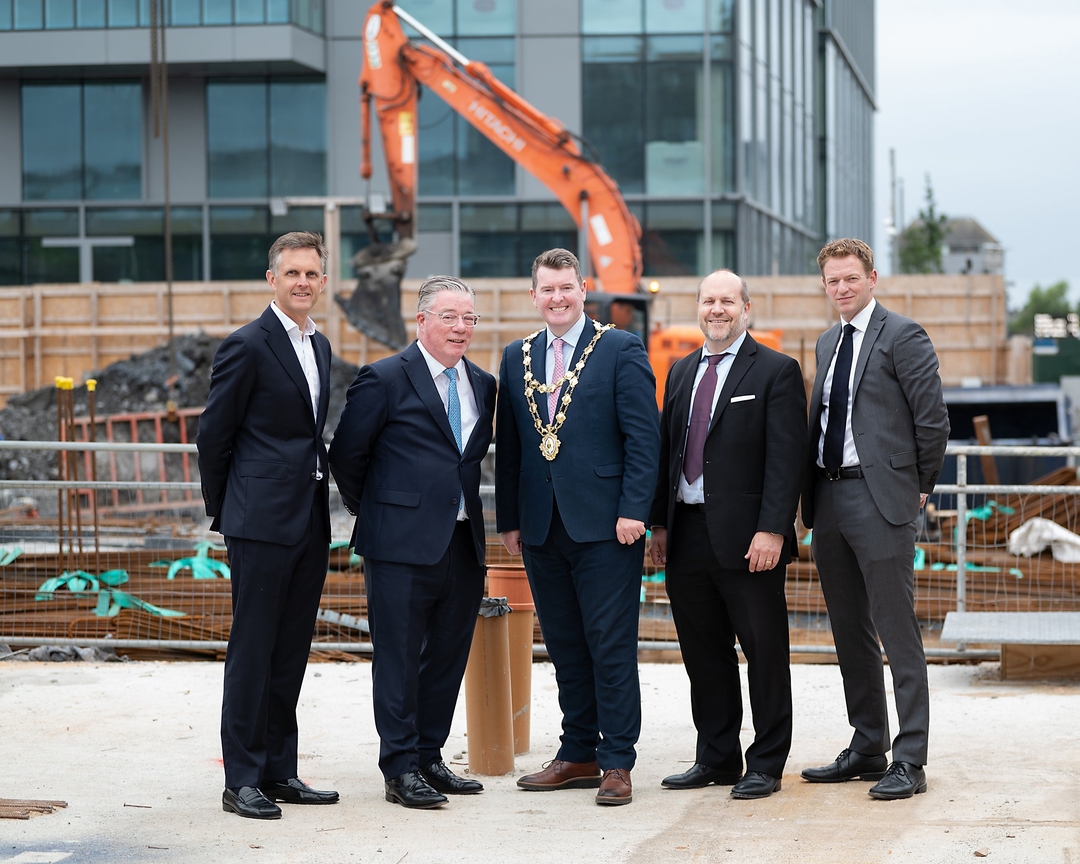Developers, investors, and property managers increasingly seek projects that meet rigorous environmental standards.However, a persistent myth suggests that "building green" inevitably leads to higher costs.
Industry experience tells a different story. Through strategic design choices, intelligent material selection, and thoughtful planning, effective sustainability can be achieved without inflating budgets—and often generates substantial long-term operational savings.
In his article published on Sunday Business Post, the Elkstone Real Estate Director, Peter Sproule, discusses the starting point for sustainable and financially sensible green building and outlining simple considerations like orienting buildings to maximize natural light and solar gain can dramatically reduce energy demands.
Key Takeaways:
Modern construction
Off-site manufacturing has revolutionised sustainable construction too. Pre-cast concrete elements and factory-manufactured components improve quality control while reducing waste and construction timelines.
Modern Methods of Construction (MMC) does require substantial factory prepayments to secure production capacity though — a financial hurdle heightened by today's elevated borrowing costs.
The precision of factory production translates to fewer mistakes, minimal waste, better working conditions, and faster construction speed.
Operational Efficiency
While significant gains can be made while the building is being built, user behaviour once its operational is equally important.
User behaviour can account for a substantial proportion of energy consumption, regardless of how efficiently the building was designed.
The built environment contributes approximately 40 per cent of annual Co2 emissions globally. While 13 per cent comes from embodied carbon during construction, a significant 27 per cent derives from operational carbon — the emissions generated throughout a building's lifecycle, which often spans more than 50 years.
This highlights why addressing ongoing energy use and occupant behaviour is critical to meaningful sustainability.
Smart sensors that monitor energy usage and "gamify" conservation can create cultures of sustainability while reducing operational costs. The impact of such approaches is measurable.
Business Case
Professional investors managing real estate portfolios understand that sustainability must make financial sense.
In Ireland's housing crisis, we can't add unnecessary costs, yet investors demand ESG compliance. Experience confirms that environmental responsibility and economic viability are complementary goals rather than competing ones.
By integrating sustainability from the earliest planning stages, employing modern construction methods, designing for adaptability, and engaging users in energy conservation, developers consistently deliver projects that meet the highest environmental standards without premium costs.
“ The transition to sustainable real estate doesn't demand financial sacrifice — it requires imagination, innovation, and a willingness to challenge conventional wisdom” .
– Peter Sproule is the design director, real estate at Elkstone

Contact Us
to learn more about Elkstone's investment opportunities for diversified wealth expansion.
Related articles

Article
2 mins
Elkstone discusses Advancing Development and Design in Dublin

Article
2 Mins
Solving Ireland’s housing crisis: Alan Merriman shares five bold strategies for lasting impact

Article
2 Mins